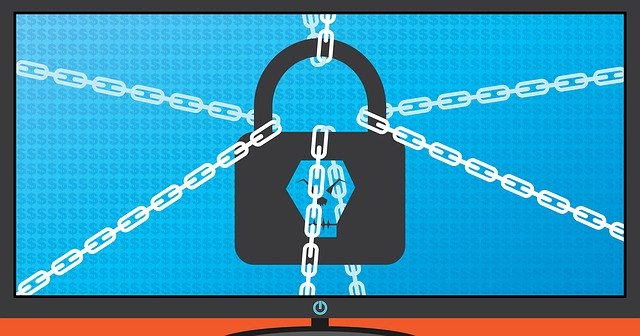Businesses of all shapes and sizes are relying more on the digital world than ever before, and as a result, cyber criminals are finding more and more targets. To protect themselves, businesses must utilize cyber security measures, but before that’s possible, they must identify the kinds of threats cyber criminals use. One of the most popular and dangerous of those threats is ransomware. And while larger businesses often have divisions devoted to dealing with issues like ransomware, not every business can afford this luxury, and it’s important to find the right unbiased advice about ransomware. In this article, we’ll be discussing what SMBs need to know about ransomware, and how to prevent it.
Breaking down Ransomware
Ransomware is defined as “A type of malicious software, or malware, designed to deny access to a computer system or data until a ransom is paid.” This type of software is especially dangerous to SMBs, as they often lack the expertise and resources to combat such a dangerous cyber attack.
Whether to pay or not to pay attackers is not the main question when it comes to SMBs and ransomware, the real focus should be trying to prevent it. And to prevent it, businesses must first understand what they’re dealing with.
The Rise of Ransomware
According to the Department of Homeland Security’s Cybersecurity and Infrastructure Security Agency, there has been an increase in ransomware attacks around the world. The rise of this malicious software can be seen year-to-year. Accenture’s 2019 report states that “The number of organizations experiencing ransomware attacks increased by 15 percent over one year and have more than tripled in frequency over two years.”
Ransomware was the fastest growing method of attack by cyber criminals in 2019, and by following the exponential rise of cyber crime, it seems like things may get much worse before they get any better.
The Damage of Ransomware
Attackers are known to target a broad range of organizations, from large and small businesses to city governments. The consequences of a ransomware attack can be devastating and may include the following:
- Breach of personally identifiable information (PII);
- Interruption of normal operations;
- Damage to company reputation; and
- Loss of financial resources.
Ransomware has been at the root of an astonishing amount of financial damage. In one notable case that occurred earlier this year, a hospital and 20 surrounding clinics were forced out of operation for eight hours due to a successful ransomware attack, sending patients 70 miles away to neighboring facilities.
One of the most damaging ransomware attacks of 2019 cost hearing aid manufacturer Demant roughly $95 million. On average these attacks cost organizations $645,920 according to Accenture’s ransomware research, a price tag well beyond what most SMBs could survive.
How to Combat Ransomware
When it comes to what SMBs need to know about ransomware, the first consideration should be prevention. After all, the best way to combat ransomware is to prevent it in the first place. Much like medicine, in cyber security, an ounce of prevention is worth a pound of cure.
To help prevent ransomware, SMBs should maintain several key levels of maintenance including the following:
- All software should be updated regularly with relevant patches.
- Firewalls should be maintained and kept up to avoid downtime.
- Proper antivirus software should be used to detect potential breach attempts.
- Regular data backups should be scheduled to reduce the damage caused by an attack.
Beyond the software side of prevention, cyber security training for all employees is a vital defense against potential attacks. Without knowledgeable, diligent employees, ransomware attackers can reach personal data and push malicious software through to your system. Phishing attacks through emails, deceptive websites (often with similar names to the real sites), and even phone calls are all ways attackers can gain access. Quality training and monitoring of staff and system entry points can help reduce the threat of ransomware attacks.
Ransomware attacks are a very real threat, and they are showing no signs of slowing down. But with proper understanding and sharing of what SMBs need to know about ransomware, organizations can minimize loss and help to prevent attacks.
